Need something to take your mind off all the ugliness in the news these days? How about checking out the books on this month’s Nerdy Special List? Our contributors have diverse and excellent taste so I hope one of these titles will spark your interest. Happy reading!
From Jen at Brown Dog Solutions:
Balls: It Takes Some to Get Some by Chris Edwards (Greenleaf, October 4)
 Chris Edwards knew at the age of 5 that he’d been born the wrong gender. Every step of growing up only reinforced that understanding, leaving him depressed and suicidal.
Chris Edwards knew at the age of 5 that he’d been born the wrong gender. Every step of growing up only reinforced that understanding, leaving him depressed and suicidal.
Balls is the amazing, courageous and even humorous story of his 30+-year journey through the loneliness and isolation, the discovery of gender dysphoria and an amazing therapist, as well as the grueling ups and downs of 28 surgeries.
Before the term “transgender” existed, before Chaz Bono and Caitlyn Jenner, Edwards dared to pursue the life he was intended to lead. Balls is told with eloquence, grace, sharp wit and brutal honesty. This is currently my favorite book of 2016.
You Will Not Have My Hate by Antoine Leiris, trans. by Sam Taylor (Penguin Press, October 25)
 In November of 2015, French journalist Antoine Leiris lost his wife to a terrorist act. She was attending a rock concert at Bataclan Theater in Paris. You Will Not Have My Hate is partly his story of the days following the attack and partly his manifesto to the world.
In November of 2015, French journalist Antoine Leiris lost his wife to a terrorist act. She was attending a rock concert at Bataclan Theater in Paris. You Will Not Have My Hate is partly his story of the days following the attack and partly his manifesto to the world.
He and his son will find happiness in her name, and they will deprive the terrorists of their hate and fear. A short book you will likely read in one sitting, You Will Not Have My Hate packs colossal impact into every single page. Leiris contrasts the hideousness of the crime with writing that sings a moving tribute to his wife.
The translation doesn’t seem to have lost an ounce of the emotion Leiris poured into this inspiring memoir. With so much hate in the world now, this book is a shining beacon of hope for us all.
From Rory at Fourth Street Review:
Hag-Seed by Margaret Atwood (Hogarth, October 11)
 The Hogarth Shakespeare project launched in late 2015, with prominent authors retelling and reimagining the works of Shakespeare.
The Hogarth Shakespeare project launched in late 2015, with prominent authors retelling and reimagining the works of Shakespeare.
With authors such as Anne Tyler, Margaret Atwood, and Gillian Flynn participating, I couldn’t help but be excited about these novels. Yet despite Atwood’s contribution being the fourth installment, it’s the first one I’ve read!
Hag-Seed, Atwood’s take on The Tempest, is the perfect blend of humor and heart. Felix (as Prospero) is the artistic director of the Makeshiweg Theatre Festival, or he was, until he was maneuvered out of his position by his scheming assistant, Tony.
After a self-imposed exile, complete with a dilapidated shack, he takes on a new position at The Fletcher County Correctional Institute for nonviolent offenders. Here he teaches inmates about Shakespeare, changing their lives—and his—in the process.
I won’t say how it wraps up, but I loved it. While I had very little doubt about Atwood being an excellent choice for such a project, I am very happy my suspicions were confirmed. Hag-Seed is witty, wonderful, and tongue in cheek. I’d highly recommend it to most anyone.
From Erin at In Real Life:
IQ by Joe Ide (Mulholland, October 11)
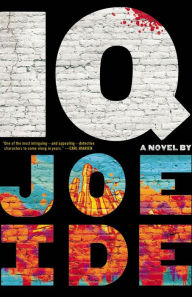 A debut novel that shows great promise is a thing of beauty, and IQ is such a novel.
A debut novel that shows great promise is a thing of beauty, and IQ is such a novel.
IQ is Isaiah Quintabe, a young man living in Los Angeles who is brilliantly clever, incredibly observant, and works as an unlicensed private investigator.
Sound familiar? It should. In many ways, IQ feels like a return to any one of a number of favorite PI stories. Isaiah is something of a neighborhood Robin Hood, helping those who have nowhere to go in exchange for whatever they can pay him. He’s the young man we’d all like our daughters to date, but his history is clouded and dark.
This is very much a “start of a series” book, combining Isaiah’s history, the how-he-got-here tale with a new case involving a self-absorbed rapper who’s on someone’s murder list. IQ is refreshing for its moderate violence and a cast of characters as varied as the world around us. You’ll want to meet IQ.
From Lauren at Malcolm Avenue Review:
The Annie Year by Stephanie Wilbur Ash (The Unnamed Press, October 11)
 When the new vocational-agriculture teacher arrives in Tandy Caide’s small Midwestern town, her staid life as a CPA takes a careening turn.
When the new vocational-agriculture teacher arrives in Tandy Caide’s small Midwestern town, her staid life as a CPA takes a careening turn.
With his ponytail, man clogs, freshly-mown-ditch scent and multicolored beaded belt, the Vo-Ag teacher lights a fire in the semi-uptight Tandy, causing ramifications across town, including with Tandy’s former lover and the daughter of Tandy’s estranged best friend.
Ash’s raucous debut will have readers cringing and laughing as the first-person narrative takes them through Tandy’s awkward journey of redemption and self-discovery.
Soul-baring and heartfelt, Tandy’s story is both relatable and foreign, and always entertaining. The humor alone makes it a winner, and this reader is still laughing over the town diner’s nickname.
The Heavens May Fall by Allen Eskens (Seventh Street, October 4)
 Allen Eskens is a monster. In The Heavens May Fall, he takes two supporting characters from his prior novels, turns each into a hero protagonist, and then puts them on opposite sides of a high-profile murder case.
Allen Eskens is a monster. In The Heavens May Fall, he takes two supporting characters from his prior novels, turns each into a hero protagonist, and then puts them on opposite sides of a high-profile murder case.
Law professor Boady Sanden agrees to return to the courtroom to represent his former law partner, who’s accused of murdering his wife. Boady is certain Ben is innocent.
Boady’s best friend, Detective Max Rupert, is just as sure Ben is a stone-cold killer. Each man is determined to see his view of justice served, even if the heavens may fall as a result.
The fact that one of these good men has to be wrong is an ingenious means of sucking readers in and holding them captive, and Eskens executes it brilliantly.
With short chapters from alternating perspectives, Eskens’s straightforward yet scintillating prose keeps the action moving at a perfect pace, and his legal acumen keeps courtroom scenes intriguing. This is a friendship-testing murder mystery well worth diving into.
From PCN:
Tell the Truth, Shame the Devil by Melina Marchetta (Mulholland, October 11)
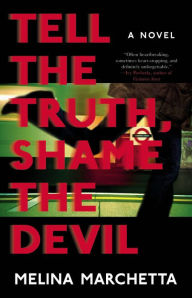 I was going to recommend Joe Ide’s IQ—it’s heartbreaking and hilarious, with lead characters I can’t wait to read more about—but Erin selected it above, so I’m going with Truth, not that it’s second best. The two books are equally excellent.
I was going to recommend Joe Ide’s IQ—it’s heartbreaking and hilarious, with lead characters I can’t wait to read more about—but Erin selected it above, so I’m going with Truth, not that it’s second best. The two books are equally excellent.
Bish Ortley has just been suspended from the Met Police when he gets a call saying a bomb went off on a bus containing his daughter. She turns out to be OK, but Bish sees something disturbing on the passenger list: the name of the granddaughter of a man who bombed a supermarket years earlier. And the girl disappears. Was she the target, or the bomber?
No blurb I write can do justice to the complexity and emotional depth of YA author Marchetta’s first novel for adults. The story deals with familial loyalty, the danger of racial profiling, and the sacrifices made out of love. Bish reminded me of a British Harry Bosch—relentless in seeking out truth and making sure everybody counts.
What are you excited about reading this month?
 Mara Wilson shot to fame when she was five years old, after playing Robin Williams and Sally Field’s daughter in Mrs. Doubtfire. That led to her stepping into Natalie Wood’s shoes in the remake of Miracle on 34th Street. At seven, Wilson landed her dream role: the titular character in the film adaptation of Matilda, the Roald Dahl classic that Wilson and her mother loved.
Mara Wilson shot to fame when she was five years old, after playing Robin Williams and Sally Field’s daughter in Mrs. Doubtfire. That led to her stepping into Natalie Wood’s shoes in the remake of Miracle on 34th Street. At seven, Wilson landed her dream role: the titular character in the film adaptation of Matilda, the Roald Dahl classic that Wilson and her mother loved.

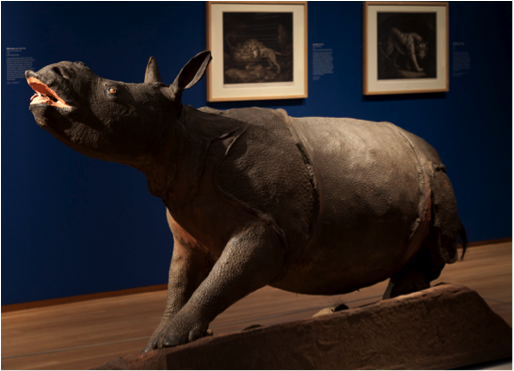
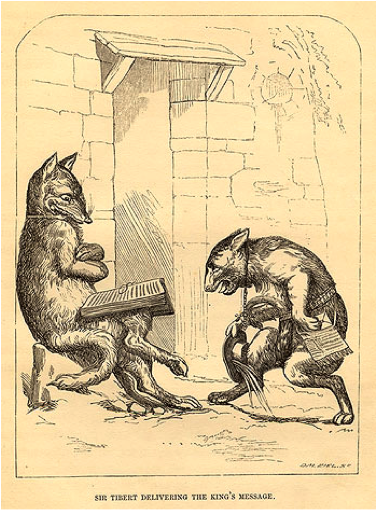
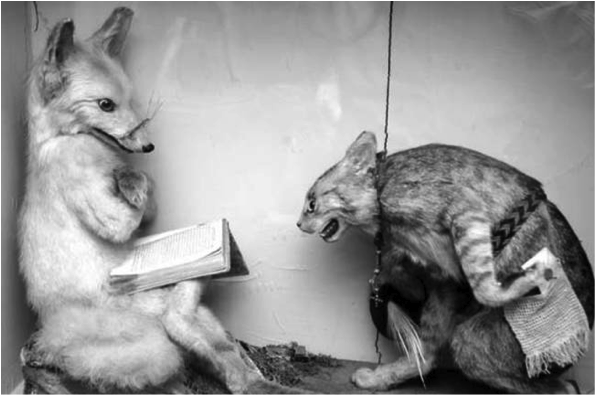
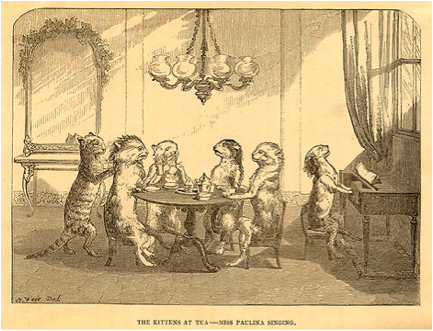
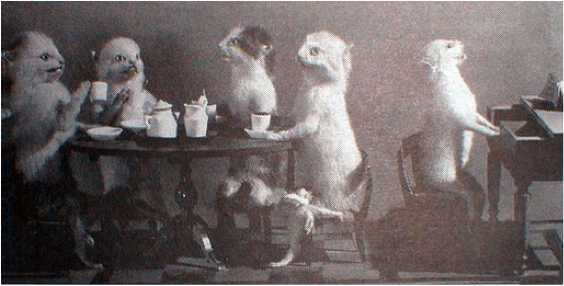

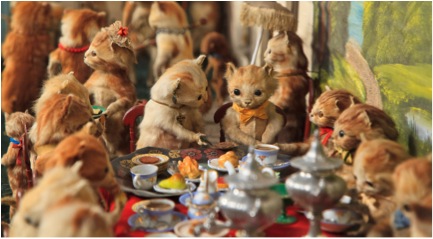
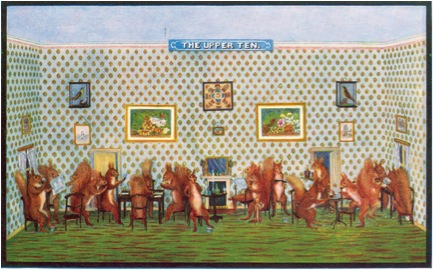

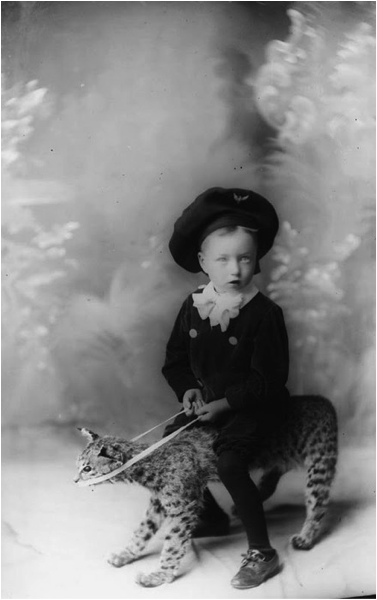

 Chris Edwards knew at the age of 5 that he’d been born the wrong gender. Every step of growing up only reinforced that understanding, leaving him depressed and suicidal.
Chris Edwards knew at the age of 5 that he’d been born the wrong gender. Every step of growing up only reinforced that understanding, leaving him depressed and suicidal. In November of 2015, French journalist Antoine Leiris lost his wife to a terrorist act. She was attending a rock concert at Bataclan Theater in Paris. You Will Not Have My Hate is partly his story of the days following the attack and partly his manifesto to the world.
In November of 2015, French journalist Antoine Leiris lost his wife to a terrorist act. She was attending a rock concert at Bataclan Theater in Paris. You Will Not Have My Hate is partly his story of the days following the attack and partly his manifesto to the world. The Hogarth Shakespeare project launched in late 2015, with prominent authors retelling and reimagining the works of Shakespeare.
The Hogarth Shakespeare project launched in late 2015, with prominent authors retelling and reimagining the works of Shakespeare. A debut novel that shows great promise is a thing of beauty, and IQ is such a novel.
A debut novel that shows great promise is a thing of beauty, and IQ is such a novel. When the new vocational-agriculture teacher arrives in Tandy Caide’s small Midwestern town, her staid life as a CPA takes a careening turn.
When the new vocational-agriculture teacher arrives in Tandy Caide’s small Midwestern town, her staid life as a CPA takes a careening turn. Allen Eskens is a monster. In The Heavens May Fall, he takes two supporting characters from his prior novels, turns each into a hero protagonist, and then puts them on opposite sides of a high-profile murder case.
Allen Eskens is a monster. In The Heavens May Fall, he takes two supporting characters from his prior novels, turns each into a hero protagonist, and then puts them on opposite sides of a high-profile murder case. I was going to recommend Joe Ide’s IQ—it’s heartbreaking and hilarious, with lead characters I can’t wait to read more about—but Erin selected it above, so I’m going with Truth, not that it’s second best. The two books are equally excellent.
I was going to recommend Joe Ide’s IQ—it’s heartbreaking and hilarious, with lead characters I can’t wait to read more about—but Erin selected it above, so I’m going with Truth, not that it’s second best. The two books are equally excellent.